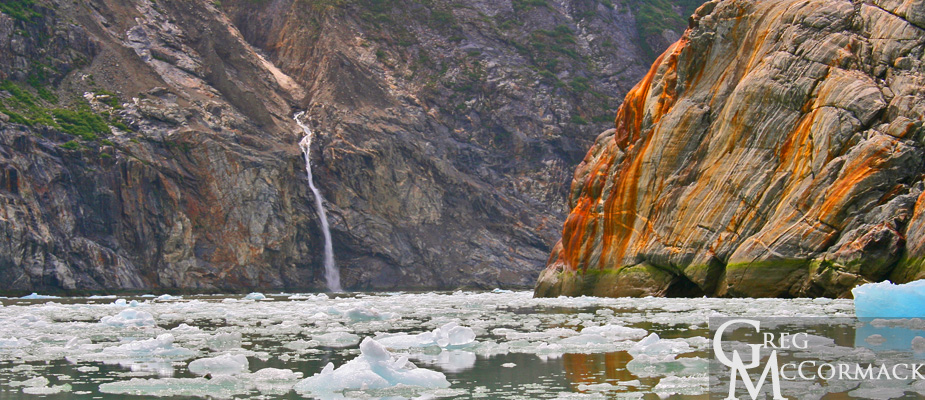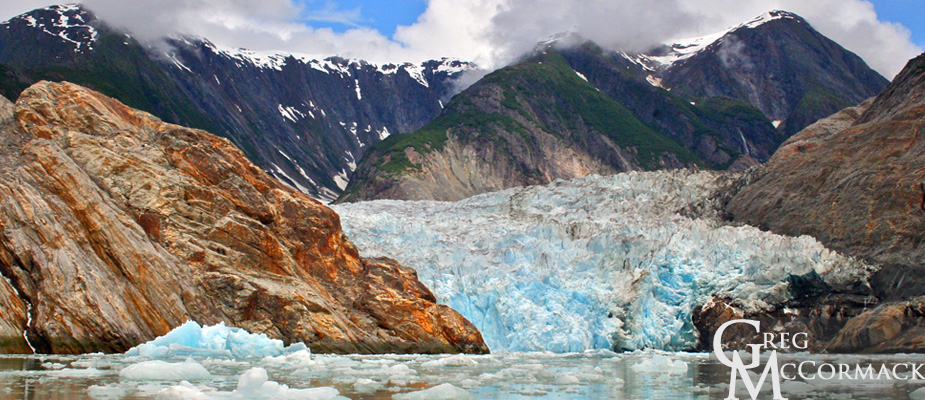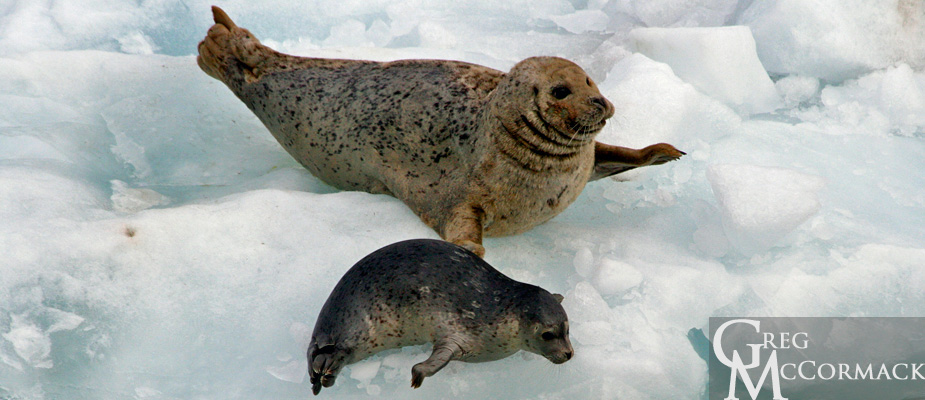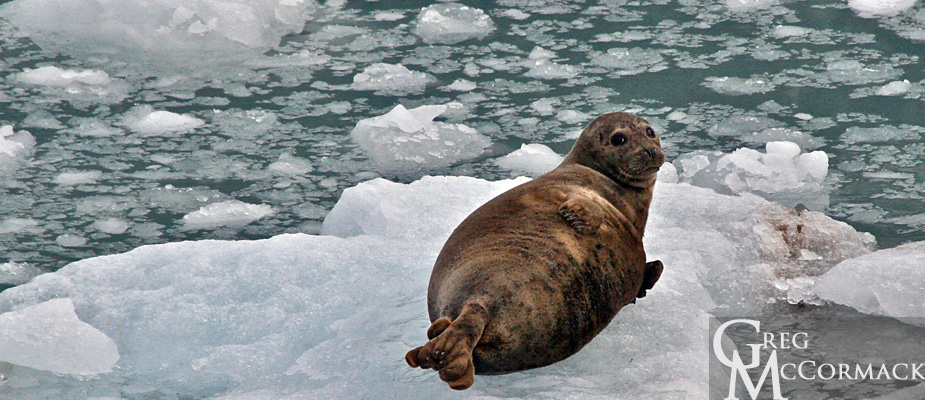Sunday | July 3rd
September 14, 2011 by admin
Filed under InnerSea Discoveries
“Never before this had I been embosomed in scenery so hopelessly beyond description. Tracing shining ways through fjord and sound, past forests and waterfall, islands and mountains and far azure headlands, it seems as if surely we must at length have reached the very paradise of the poets, the abode of the blessed.” –John Muir
At 06:00 the anchor is lifted and the Wilderness Discoverer begins its journey up the 30-mile long Tracy Arm fiord. I like to tell folks that we are all taking a trip back 15,000 years to the Pleistocene Epoch to see what much of the northern latitudes on Earth were like at the southernmost extent of the Wisconsin era glaciation. Basically a person could strap on some skis and continue on ice from Tracy Arm south to present-day Olympia, Washington and head then head east to Cape Cod, Massachusetts.
Tracy Arm—Fords Terror was designated a wilderness area in 1980 with President Jimmy Carter’s passage of the Alaska National Interest Lands Conservation Act (ANILCA). Prior to this it had been designated a National Forest Scenic Area in 1960 and 10 years later a Wilderness Study Area in recognition of the opportunities for solitude and its dramatic beauty.
It was President Lyndon Johnson that signed the Wilderness Act in September of 1964.
It states:
“In order to assure that an increasing population, accompanied by expanding settlement and growing mechanization, does not occupy and modify all areas within the United States and its possessions, leaving no lands designated for preservation and protection in their natural condition, it is hereby declared to be the policy of the Congress to secure for the American people of present and future generations the benefits of an enduring resource of wilderness.”
Everybody seems to appreciate being a visitor to this wilderness as they are out on decks to soak-in the scenery, admire ice-bers and to look for wildlife.
We offer small boat tours. Adventure-seekers enjoy close-up views of the Sawyer Glacier calving ice and the dramatic mountain scenery. I point out the waterfall, located 1.5 miles away from the face of the Sawyer Glacier. When I first started leading folks here in the early to mid-90’s, the glacier was close to this cataract.
People are amazed to see how far it has receded and how much thinning of the glacier has taken place. The barren rock and trim-line of vegetation high up above the recently de-glaciated rubble landscape are reminders of a changing climate.
Harbor seals are spotted on the ice “growlers” or brash ice. Some are seen with pups that were recently born. It takes 6-weeks before pups are weaned off of the mothers milk and are on their own to search for food.
Arctic terns ply the waters, catching schooling fish for their developing young that await in the rock gardens bordering the fiord. Gulls fly back an forth in front of the glacier waiting for the next calving that will churn-up small fish and shrimp for easy-pickings.
Our afternoon and evening is spent looking for and watching whales in Frederick Sound.





